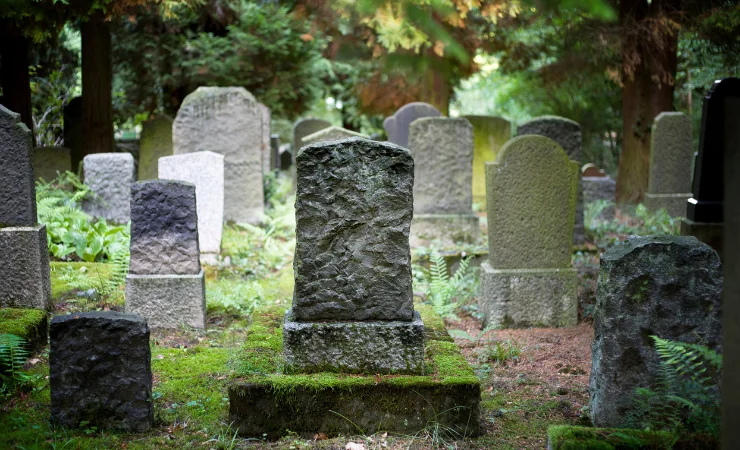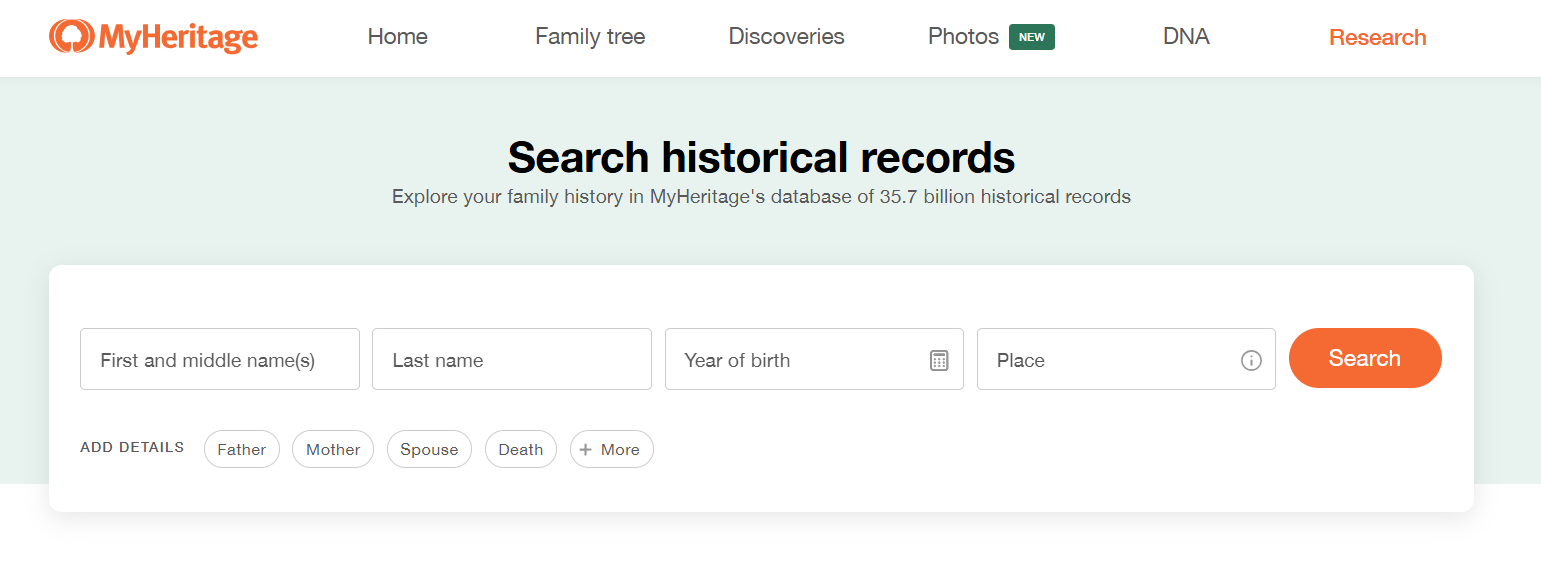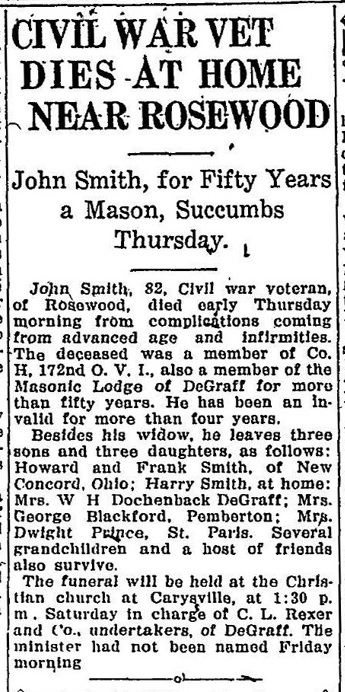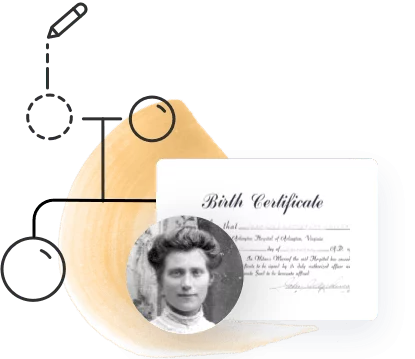
Death records are golden clues for genealogy. A death certificate or record not only confirms when and where an ancestor died, but often lists their birth date, birthplace, names of parents, and even the cause of death. Death records verify a death date and place and connect a person to their parents, and were historically used to prove inheritance and lineage. Obituaries and cemetery records add rich context too — obituaries can describe a person’s life and interests, while cemetery and burial registers show plot locations and sometimes family members buried together. All of this makes death records crucial for filling in your family tree.
MyHeritage’s search engine for historical records makes finding death records straightforward. The platform contains billions of historical records globally: over 4 billion birth, marriage, and death records from 60 countries. A single search page — myheritage.com/research — lets you enter a name and any known dates/places, then filter results by category.

For death-related searches, you can select the “Birth, Marriage & Death” category from the Research menu in the navigation bar:

Or, you can the more specific “Deaths, Burials, Cemetery & Obituaries” category directly.

As of July 2025, MyHeritage offers 1.5 billion death records from around the world. In practice, this means you can search for an ancestor’s name and then narrow to the records you want.
Types of death records on MyHeritage
MyHeritage hosts many kinds of death-related records. Some key examples include:
Death certificates
These official civil records list a person’s name, birth date and place, age at death, parents’ names, cause of death, and informant’s name. For example, the site includes full collections of U.S. and international death certificates (some even with scanned images). A 1900s U.S. death certificate typically has all these details, and MyHeritage’s collection makes them searchable.

Obituaries and death notices
Millions of newspaper obituaries and funeral home notices are indexed. Obituaries often provide personal details like occupation, family members, and life story. MyHeritage offers obituary records found in the hundreds of millions of newspaper records on OldNews.com and many other sources. These can add color to the bare facts on certificates.

Burial and cemetery records
Transcriptions of gravestones and burial registers help when certificates are missing. Through a partnership with BillionGraves, MyHeritage offers the BillionGraves collection (52.7 million cemetery records). You can search by name and find headstone photos or index entries for many U.S. and international cemeteries. There are also many local burial indexes: for example, MyHeritage has a U.K. “Select Burial and Cremation” index (8.9 million entries) and an Australian Victoria death index (6.8 million entries).

Death indexes
Genealogical death indexes are included too. For example, the U.S. Social Security Death Index on MyHeritage has over 94 million entries, and the England & Wales Civil Registration Death Index (1837–2005) has 87 million entries. These indexes won’t have all details (usually just name, dates, and location), but they help confirm deaths and point to certificates.
Each collection is searchable through MyHeritage. You might click on a specific collection or simply search broadly and use filters. Because MyHeritage covers U.S. and international records, you’ll find death data from many countries in one place.
Tips for Effective Searching
When you start searching, remember that records are not always perfect. Try these beginner-friendly tips to improve your results:
Use name variations and wildcards
MyHeritage automatically searches for names that “sound like” the name you entered, but it’s not foolproof. In general, try alternate spellings, phonetic variations, and even nicknames (e.g. Bill for William) to catch records where names were written differently.
Set a broad date range
If you’re not sure of the exact year, use a wide range around an estimated date. For instance, if you think an ancestor died around 1880, try 1875–1885. Then narrow if needed. Sometimes you may need to expand the range especially for older records.
Avoid exact-match only searches
Exact filters can throw away good results. Try unchecking “Match name exactly” or leaving out a location to see if you find an entry under a slightly different name or place.
Try additional keywords
If your search returns too many or no results, consider adding another clue like a family member’s name, a cemetery name, or any unique detail. For example, putting in a city name or father’s name in a death record search can narrow it. Conversely, if nothing comes up, try removing optional fields.
Check multiple collections
If a death record itself isn’t found, look for related records in the same category. MyHeritage’s searches span death, burial, and obituary collections. For example, if a death certificate isn’t found for someone, check the cemetery records or newspaper obituaries category in case a burial index or obituary was indexed instead. Sometimes a burial record is the next-best thing when an official death certificate isn’t available.
By combining these strategies — using broad date spans, wildcards, and variant names — you’ll maximize your chances of finding your ancestor’s death entry. MyHeritage’s tools will sort through matching records, and you can click into results to see the full indexed details or document images.




